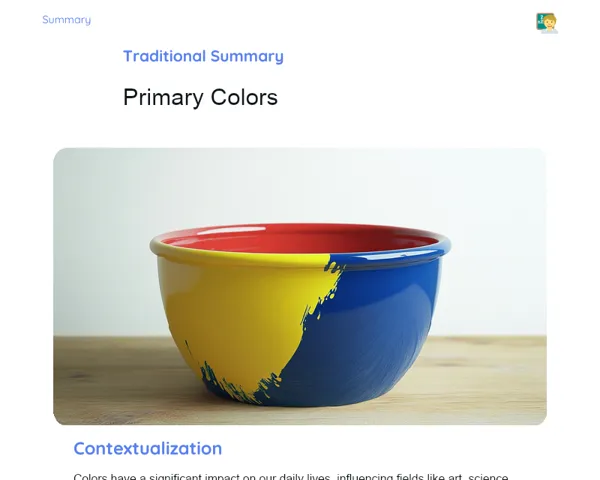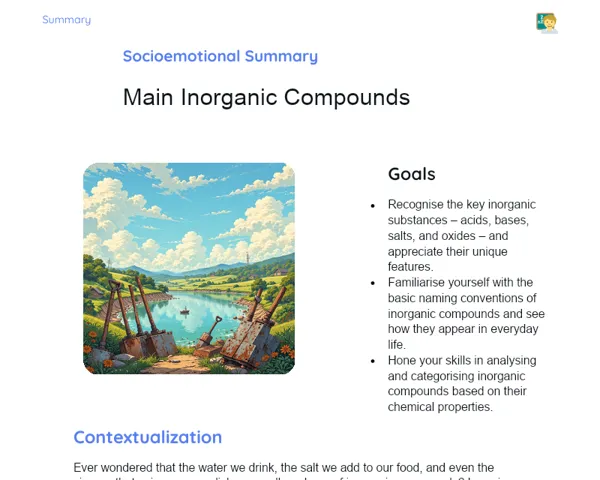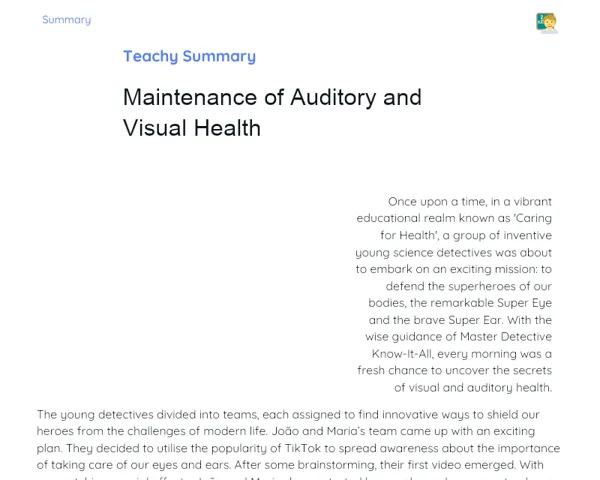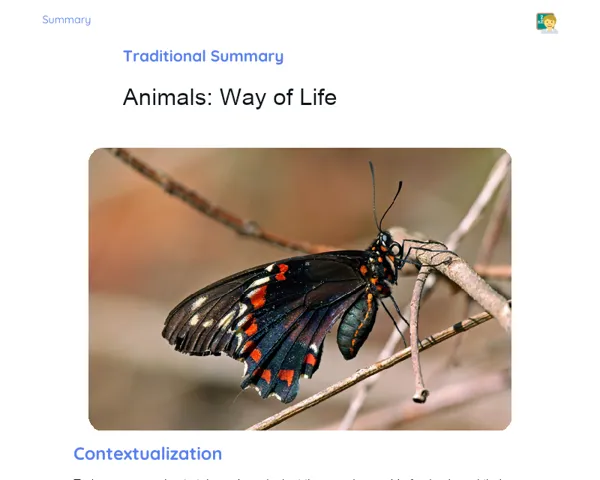Socioemotional Summary Conclusion
Goals
1. 📚 Understand the unique characteristics of the Earth's layers (core, mantle, and crust) and how they differ from one another.
2. 🔍 Develop the skills to identify and name the Earth's layers correctly.
3. 🌍 Connect the emotions we experience while learning to the understanding of the Earth's layers using the RULER method.
Contextualization
🌟 Imagine we're embarking on a journey to the center of the Earth! Each layer of our planet — the crust, the mantle, and the core — has distinct characteristics that sustain life. Similarly, our emotions have different layers that play vital roles in our day-to-day lives. Are you ready to explore these intriguing landscapes together? 🚀
Exercising Your Knowledge
Crust
The crust is the outer layer of the Earth, varying in thickness from 5 to 70 km. It’s where we all live, and where we witness most geological activities, like earthquakes and volcanoes. From a socio-emotional perspective, the crust represents the 'surface' of our feelings — what we display to the world.
-
Types of Crust: There are two main types: oceanic crust, which is denser and mostly basalt, and continental crust, which is lighter and primarily granite. These differences mirror the variety in our emotional expressions and how we respond to various situations.
-
Geological Phenomena: The crust is where significant geological occurrences happen, such as earthquakes and volcanoes. This parallels our visible emotional responses, like sudden outbursts of anger or joyful expressions.
-
Variable Thickness: The crust's thickness can vary, representing how our emotions can be shallow or profound based on circumstances.
Mantle
Beneath the crust lies the mantle, stretching down to a depth of 2,900 km. Composed of rocks rich in iron and magnesium, the mantle is split into the upper and lower mantle. In terms of socio-emotional understanding, the mantle embodies our more complex feelings and internal changes that may not be readily apparent.
-
Composition: The mantle consists of silicate rocks rich in iron and magnesium, which are denser. This reflects the weight of our internal emotions, such as sadness or anxiety, which can often be challenging to articulate and process.
-
Division into Parts: The mantle is divided into the upper and lower sections. The upper mantle includes the asthenosphere, a semi-fluid layer that facilitates tectonic plate movement; this symbolizes the emotional adaptability we need in our everyday lives.
-
Convection: The convection currents within the mantle move tectonic plates. This process can be likened to how we internally process emotions, which, though unseen, significantly influence our behaviors and reactions.
Core
The core is the Earth's innermost layer, divided into outer and inner core. The outer core is liquid while the inner core is solid, both primarily made of iron and nickel. In a socio-emotional-context, the core represents the center of our emotions and the source of our inner strength.
-
Outer Core: The liquid outer core consists of iron and nickel. Its movement generates the Earth's magnetic field, shielding us from solar radiation. Just like the outer core, our emotions can be fluid and protective, shaping how we adapt to our surroundings.
-
Inner Core: The solid inner core, also made of iron and nickel, represents our resilience and inner strength, which remains steadfast even in challenging times.
-
Magnetic Field: The activity of the outer core produces a magnetic field that safeguards the planet. Similarly, our strong emotions (core) shape our emotional 'climate,' protecting us from adverse influences and helping us stay balanced.
Key Terms
-
Crust: The outer layer of the Earth, comprising oceanic and continental crust.
-
Mantle: The layer situated between the crust and core, divided into upper and lower mantle with convective currents.
-
Core: The Earth's innermost layer, split into outer core (liquid) and inner core (solid), primarily made of iron and nickel.
-
Tectonic Plates: Structures of the Earth's crust that move over the asthenosphere, leading to geological phenomena.
-
Magnetic Field: The protective field formed by the movement of the outer core, shielding the Earth from solar radiation.
For Reflection
-
How can you draw a comparison between the layers of the Earth and the layers of your emotions? Provide specific examples.
-
Recall a moment where you had to demonstrate resilience and inner strength, much like the core of the Earth. How did you navigate that situation?
-
How can you apply the flexibility of the mantle in everyday situations that demand emotional adaptability and conflict resolution?
Important Conclusions
-
🌍 Understanding the Earth's layers is crucial for grasping our planet's structure and how it operates. The crust, mantle, and core each have unique features and play vital roles in sustaining life and geological events.
-
😃 Relating the Earth's layers to our emotions enhances our ability to understand our own reactions and feelings. Just as each layer has specific functions, our emotions influence our behavior in unique ways.
-
📚 The insights gained about the Earth's layers not only enrich our scientific knowledge but also foster socio-emotional development, allowing us to manage our emotions more effectively and interact with others in a healthier manner.
Impacts on Society
🛠️ The Earth's layers have profound implications for our daily lives. For instance, the crust is where earthquakes occur, which can have severe impacts on communities around the globe. Understanding these events helps us prepare and respond better. Moreover, many minerals and energy resources we rely on are extracted from the crust and mantle, making this knowledge crucial for our society.
🌟 On an emotional level, understanding the Earth's layers fosters greater self-reflection and awareness. Just as the Earth's solid core signifies our inner strength, contemplating this idea can motivate students to recognize and appreciate their own resilience, especially during challenging times where managing our emotions becomes vital.
Dealing with Emotions
📝 To help manage emotions while studying, students can utilize the RULER method. Begin by recognizing your emotions before, during, and after your study sessions. Try to understand what's triggering these emotions and accurately name each one. Express your emotions appropriately—whether through conversations with a friend, journaling, or drawing. Finally, focus on regulating your emotions with strategies like deep breathing, taking regular breaks, and embracing self-care.
Study Tips
-
✨ Create a model or drawing of the Earth's layers to visualize the distinctions among them. This will make your study sessions more engaging and interactive!
-
📖 Explore articles and videos that delve deeper into the geological events linked with each layer, such as earthquakes and volcanoes, to expand your understanding.
-
🧠 Practice meditation and deep breathing exercises before and after studying to enhance focus and memory retention, while also managing any induced stress or anxiety.



